The Ocean Cleanup’s mission is to rid the oceans of plastic. We plan to do this through a two-pronged approach: clean up the legacy floating plastic in the oceanic garbage patches and intercept new plastic from entering via rivers. The garbage patches are no man’s land; they’re in international waters, so no one had attempted to solve them before our project commenced in 2013. On the other hand, rivers do belong to someone. Not only are they under the jurisdiction of their respective countries, but locals take responsibility for them too; for many, rivers can be their source of water, income, heritage, or repose.
Recently, a small project team from The Ocean Cleanup visited Kingston, Jamaica, the soon-to-be home of one of our next river projects, thanks to the grant from the Benioff Ocean Initiative. The small crew consisted of researchers, engineers, business developers, and communications colleagues who went to learn more about the project as a whole. The insights from the trip helped us to understand the environment in which we will deploy our technology and determine our next steps. But, an important insight came from the community who will benefit from the project – and whose participation is crucial for it to be truly effective.
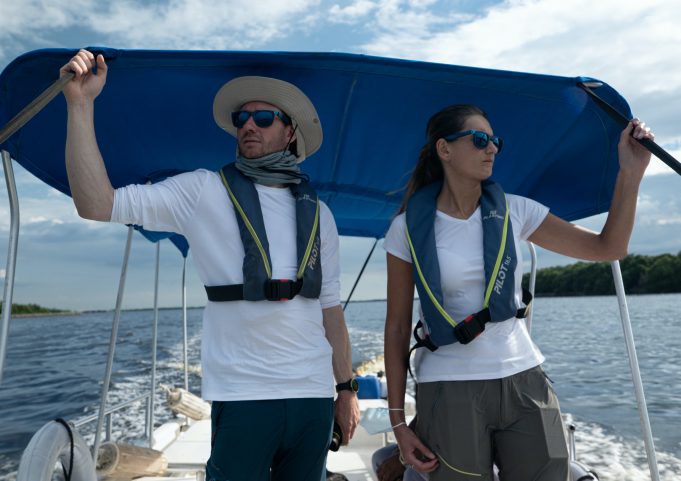
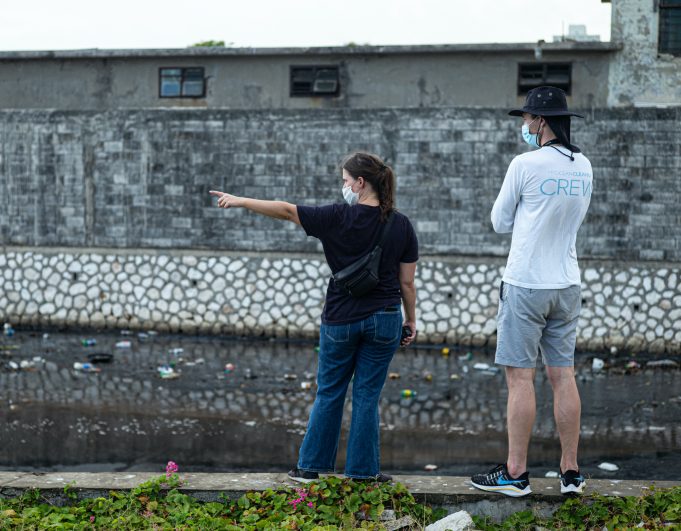
Pollution in Kingston
Kingston is Jamaica’s capital city. It’s the central hub for international air travel and home to 1.2 million people. This beautiful capital is rich in culture and scenery. Yet, a significant problem for the city stems from its pollution; in Kingston, sewage and rainfall push waste through its network of gullies. Kingston Harbour is the recipient of the many gullies’ water flow that carries much of the city’s trash into the ocean, an estimated 578,000 kilograms yearly. It’s an issue that permeates the country and frustrates its inhabitants.
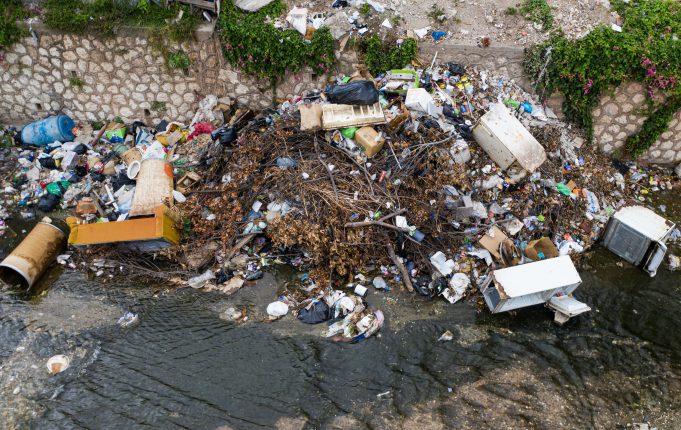
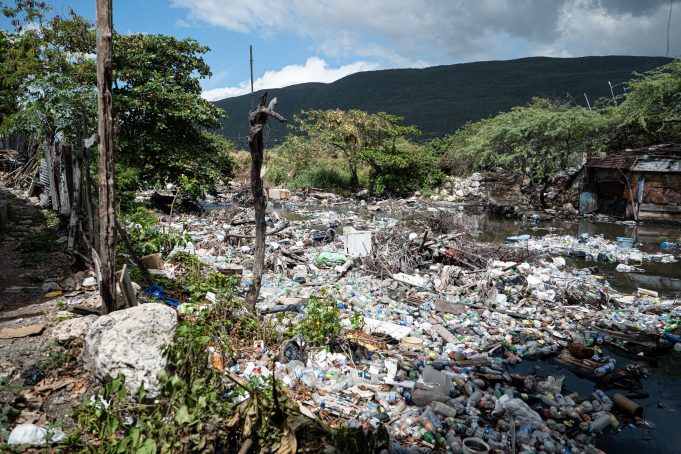
Community involvement
During the latest reconnaissance trip, the team spoke with Jamaicans along the gullies’ routes to the ocean. The local community is integral to our operations. Their background knowledge on the subject matter is invaluable, and you can only get it by going there and speaking with them face-to-face. In conversations, some admitted to dumping waste in the gullies due to lacking infrastructure; others simply knew that it didn’t come from their immediate community. But, everyone agreed that it did not need to be there and that they wanted to help find a way to solve it.
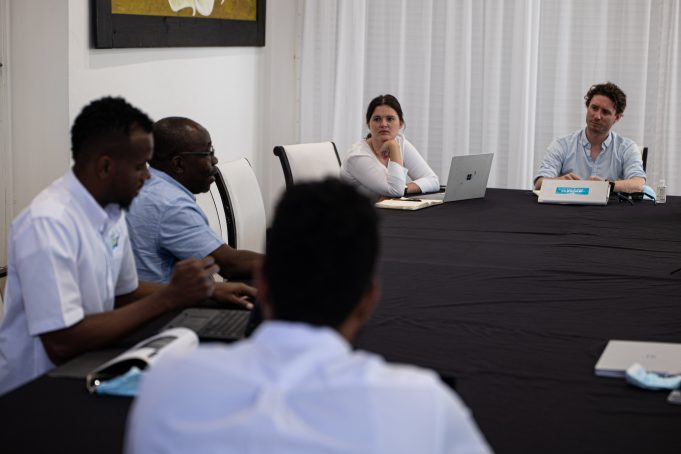
An essential aspect of our work with the Clean Currents Coalition is the community outreach pillar. Working together with local partners, we are exploring ways to involve locals in the project that empower them and help them be part of the solutions. One of which is a youth education program that provides learning programs in schools on the pollution problem and solutions that everyone can enact. Additionally, we will collaborate with local waste management to suggest ways to improve on the current situation and to sort and dispose of the waste properly.
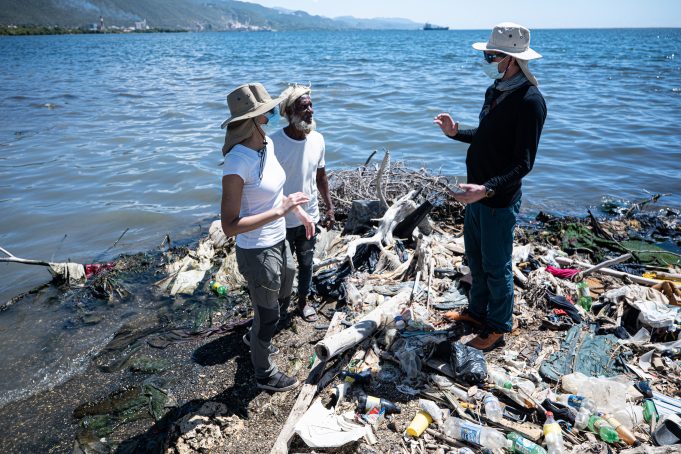
Ultimately, this project is for the oceans, but it starts in Jamaica and affects Jamaicans. The only way we can be effective is to have local buy-in and involvement. Fortunately, the people of Jamaica are on board. They want to see change and to be a part of it. We are optimistic that the Interceptor project in Jamaica is the catalyst for lasting change that leads to clean waters that resemble the beautiful country it runs through.





